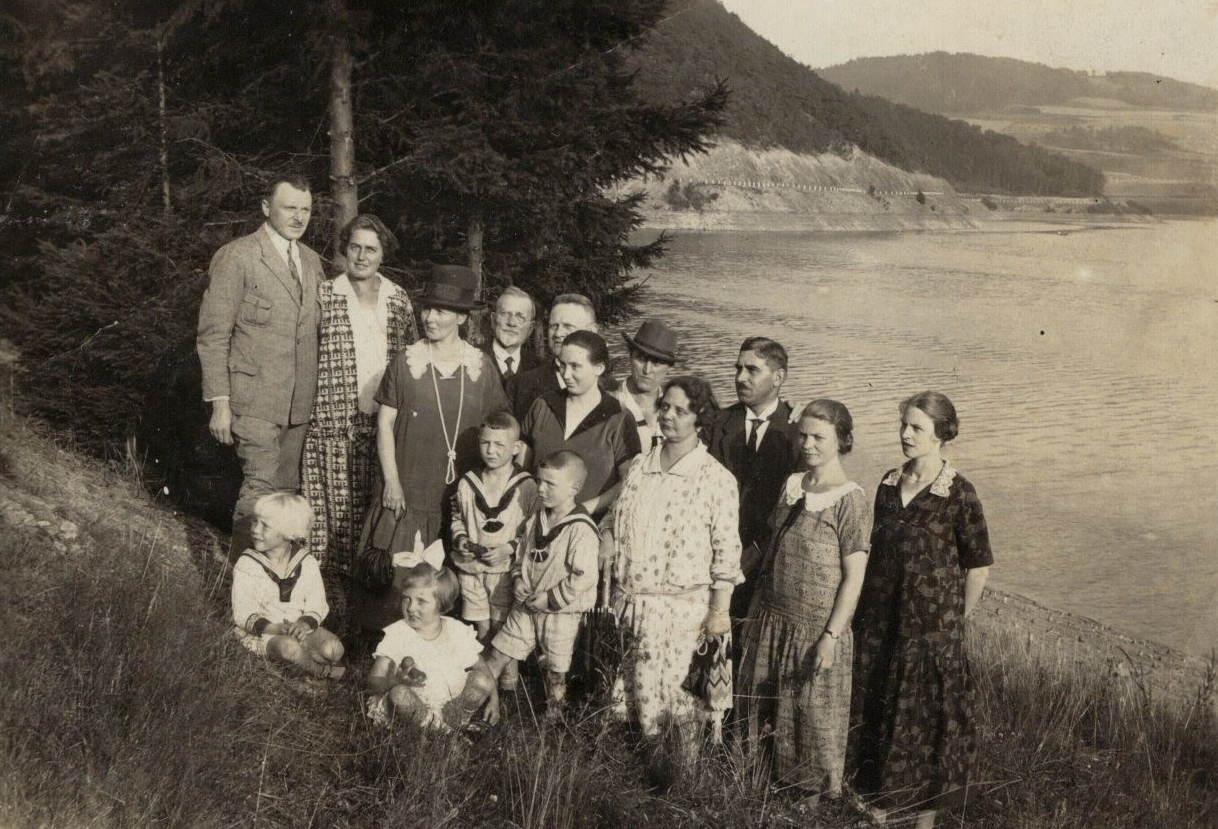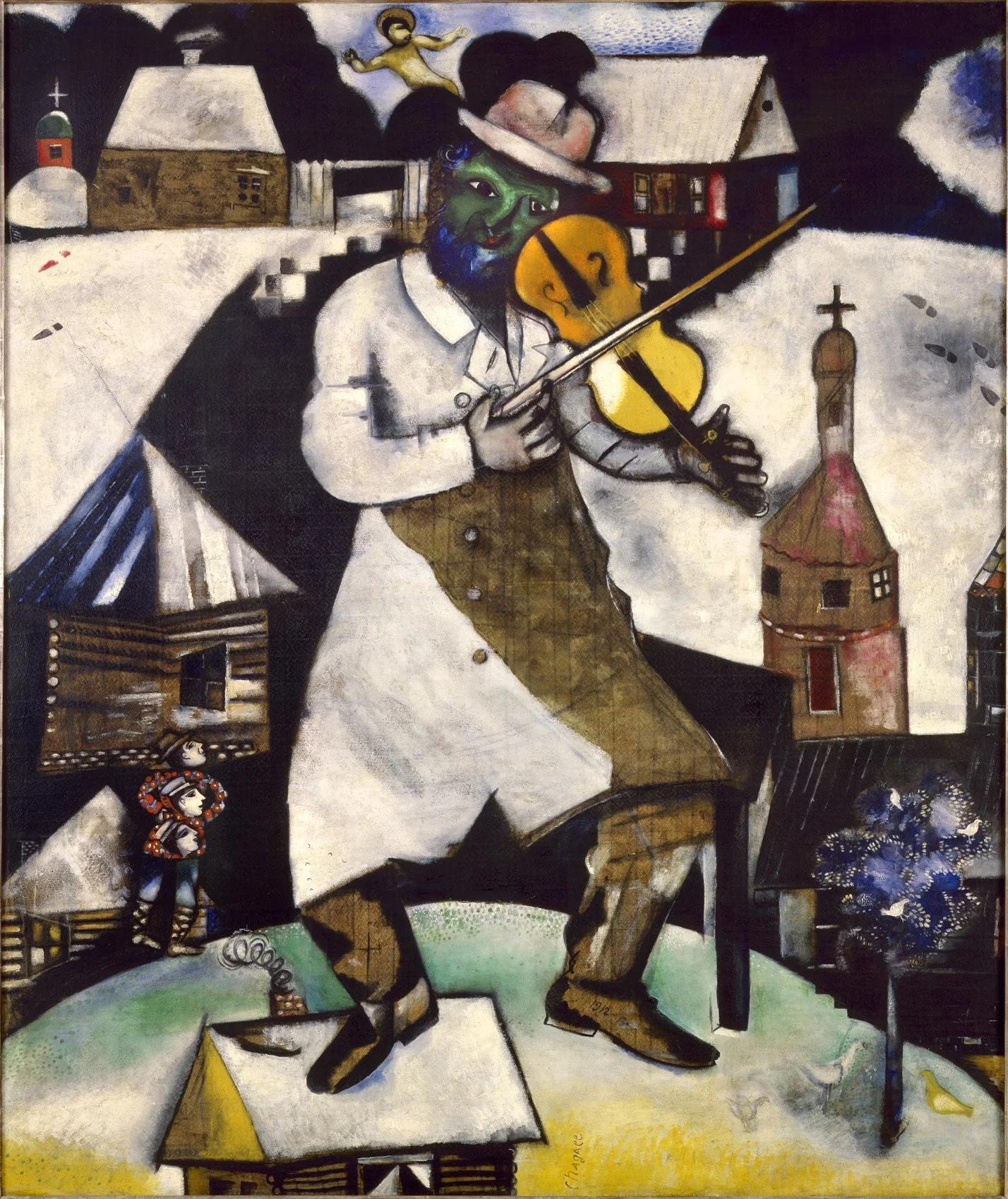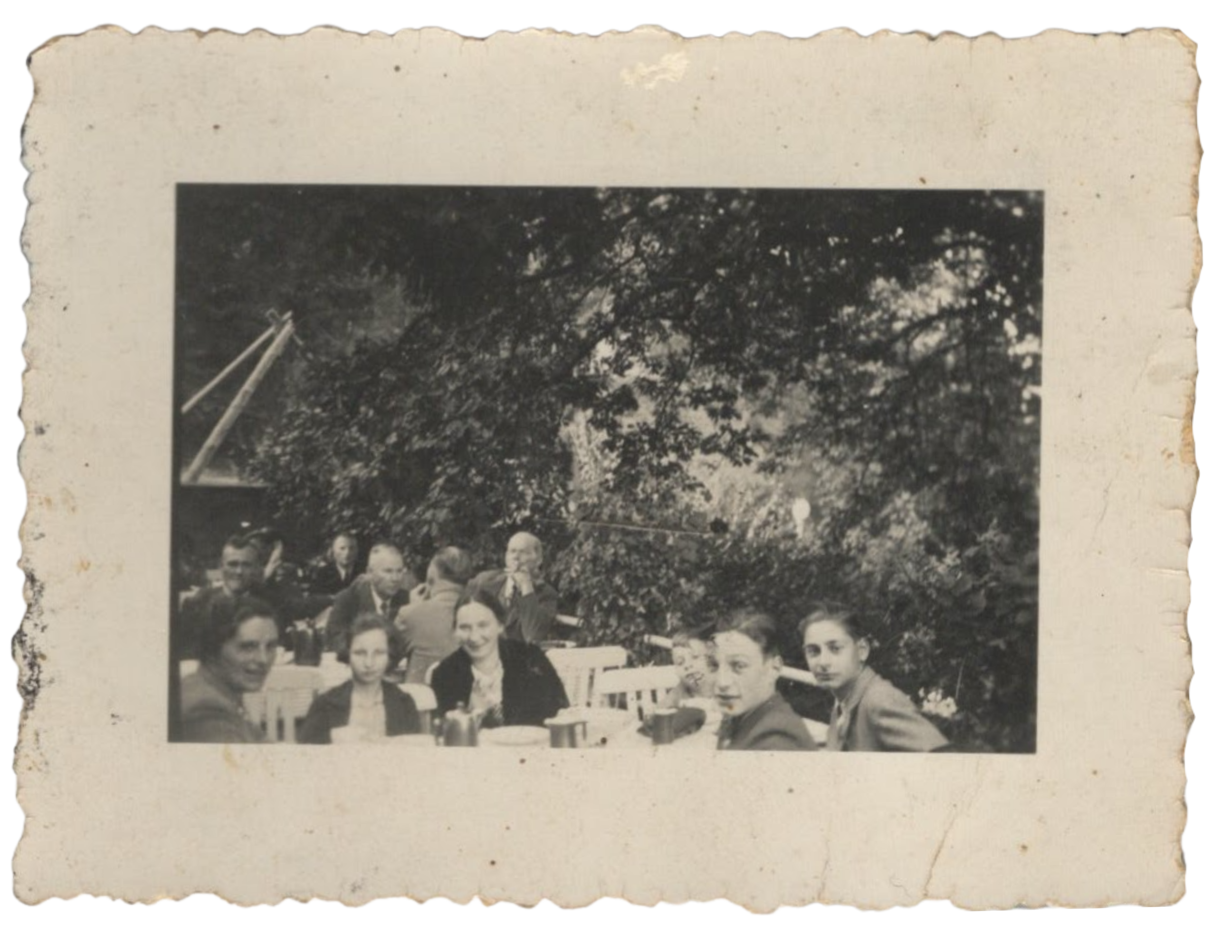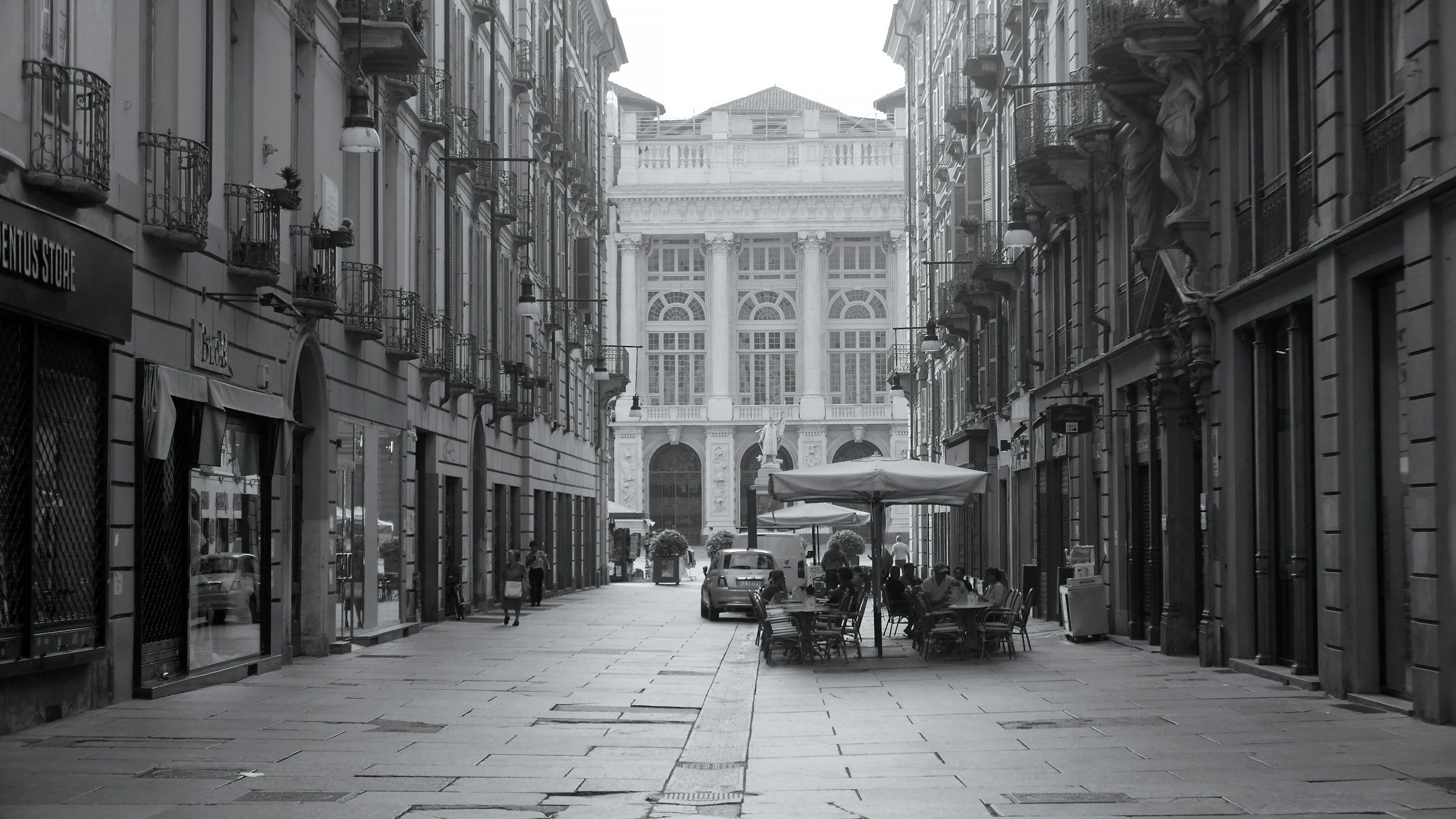
A Life Before
Jews Were a Small Minority
Before the Holocaust, Jews made up less than 1% of the total population in most European countries.
Despite being a small minority, they contributed richly to the cultural, intellectual, and economic life of their nations.
Jewish communities were often concentrated in specific neighborhoods or towns, where they maintained strong religious and cultural traditions alongside growing integration into wider society.
Jews Had Diverse Identities
Jewish identity before the Holocaust was not one-size-fits-all.
Some Jews were religious and followed traditional customs, while others were secular, assimilated, or deeply involved in their nation’s civic life. Many spoke the languages of their countries and saw themselves as Germans, Poles, Hungarians, or French citizens who happened to be Jewish.
Diversity of thought, belief, and practice was a hallmark of Jewish life.
Lowenstein family, 1936. Germany.
Jews Were Urban and Rural
The Torah is the central sacred text in Judaism and includes the first five books of the Hebrew Bible. It contains the origin stories of the Jewish people and outlines the laws that guide Jewish life. Written on scrolls and read in synagogues each week, the Torah is revered and treated with deep respect. Over centuries, Jewish scholars compiled interpretations and discussions into the Talmud, which continues to guide Jewish learning and law.
The Simon family of Egelsbach, Germany, were one of the oldest Jewish family lines in Egelsbach and built the town’s first synagogue in the early 18th century. Photo circa early 1920s. Copyright: HMREC.
Jews Were Religious and Secular
Jewish religious practice varied widely.
Some communities observed traditional Orthodox Judaism, with strict Sabbath observance and kosher diets.
Others followed more liberal or secular lifestyles. Some Jews attended synagogue regularly, while others celebrated holidays culturally rather than spiritually.
This diversity reflected broader shifts in European society and changing views of modern Jewish identity.
Jews Had Complex National Identities
Many Jews proudly identified as citizens of their homelands.
They served in armies, voted in elections, and participated in national culture. In Germany, Jews were deeply involved in science, the arts, and industry. In Poland, they formed political parties and cultural movements.
Yet even as they contributed to their nations, they were often viewed as outsiders or “others.”
Florida Holocaust survivor Harry Lowenstein’s dad, David, served in the Germany army during WWI.
Copyright: HRMEC
Jews Created Culture
Jewish creativity flourished in literature, music, theater, film, and art.
Writers like Franz Kafka, artists like Marc Chagall, and composers like Arnold Schoenberg shaped global culture. In cities like Warsaw and Vienna, Yiddish theaters, newspapers, and cafes buzzed with energy. Jewish culture was vibrant, multilingual, and interconnected with the broader world.
Marc Chagall, The Fiddler, 1912–1913
Jews Had Community
Jewish life revolved around community institutions: synagogues, schools, libraries, mutual aid societies, sports clubs, and political organizations.
These spaces offered support, education, and social life. Whether through charity drives or book discussions, Jewish communities created networks of care that bound people together across religious, political, and class lines.
Lowenstein family enjoying the cafe scene of Germany, 1930s. Copyright: HMREC.
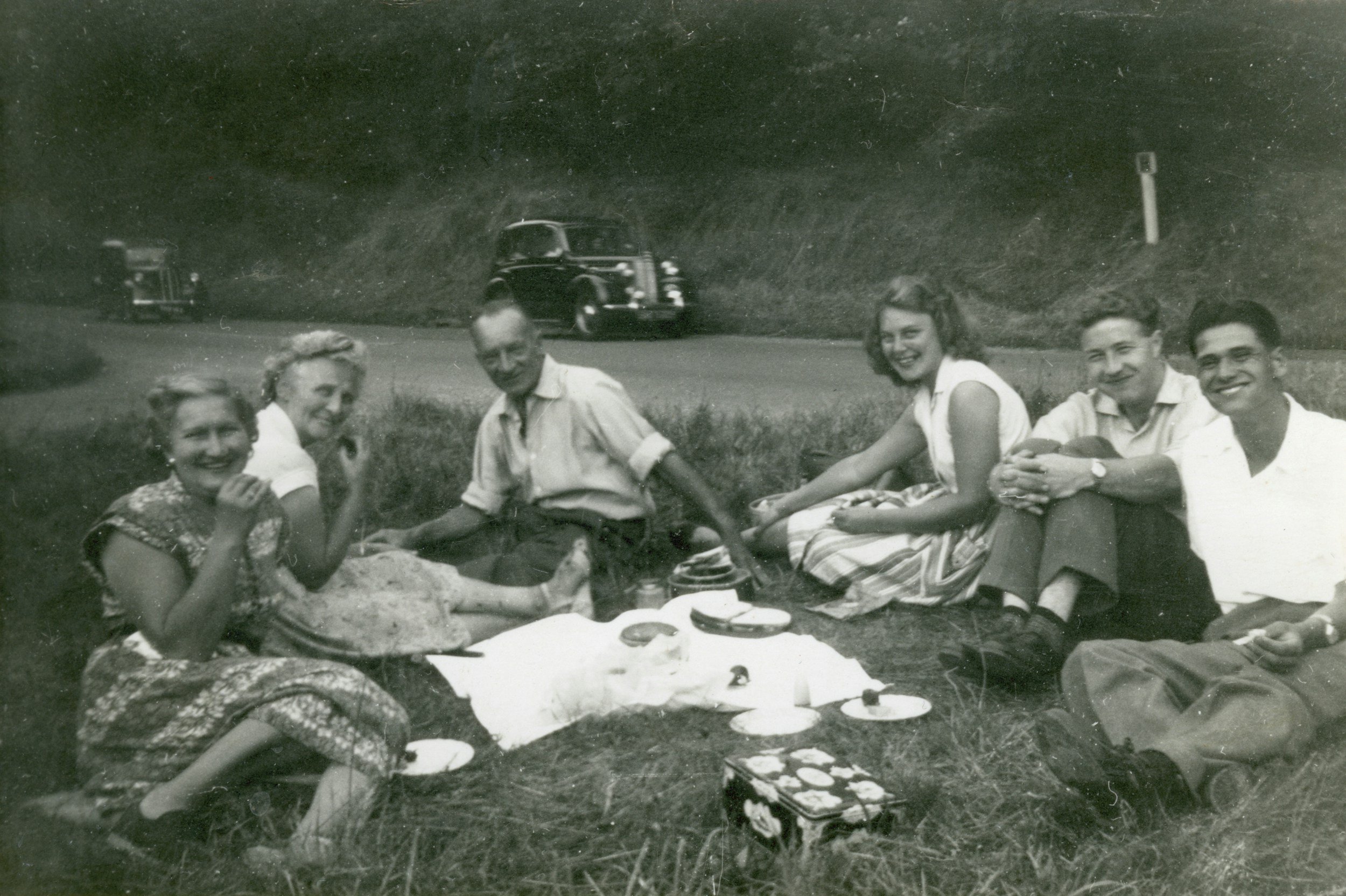
Jews Were Not Defined by the Holocaust
The Holocaust devastated European Jewry, but it is not the sum total of Jewish history.
Before the violence and loss, there was vitality and diversity. Jewish communities were not just victims; they were full participants in the richness of European life.
Understanding who Jews were before the Holocaust is essential to understanding what was destroyed—and what endures.
Made in partnership with the Humanus Network. Last updated July 2025.

